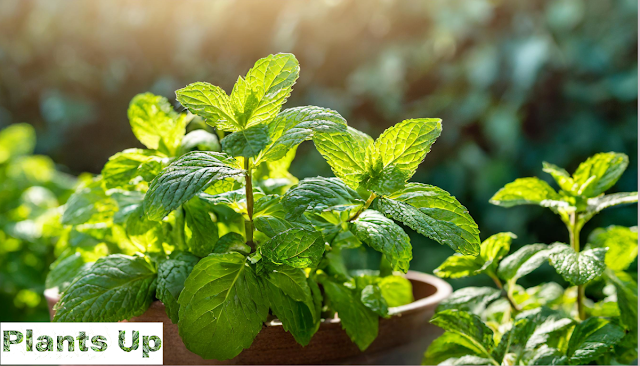 |
| Soil Mixes for Indoor Plants |
When it comes to indoor plants, one of the most important factors in their success is the type of soil they are planted in. Different plants have different soil requirements, and using the right soil mix can make a big difference in their growth and health.
Here are some popular soil mixes for indoor plants:
All-Purpose Potting Mix: This is a popular choice for a wide variety of plants. It is made from a mix of peat moss, vermiculite, and perlite, which provide good drainage and
aeration. This mix can be used for most indoor plants, including tropical plants, succulents, and cacti.Cactus Soil Mix: Cacti and succulents require a well-draining soil that is low in organic matter. A cactus soil mix is typically made from a blend of sand, perlite, and gravel, and is designed to mimic the arid conditions of their natural environment.
Orchid Mix: Orchids require a special type of soil that is well-draining and aerated. Orchid mixes are typically made from a blend of bark, perlite, and charcoal, which provide good drainage and aeration.
African Violet Mix: African violets require a soil that is high in organic matter, but also well-draining. An African violet mix is typically made from a blend of peat moss, vermiculite, and perlite, and is designed to provide good moisture retention while also allowing for good drainage.
Bromeliad Mix: Bromeliads require a soil mix that is well-draining and aerated. A typical bromeliad mix is made from a blend of bark, perlite, and peat moss, which provide good drainage and aeration.
When choosing a soil mix for your indoor plants, it's important to consider the specific requirements of each plant. Some plants prefer a soil mix that is high in organic matter, while others require a mix that is well-draining and aerated. Be sure to research the specific requirements of your plants and choose a soil mix that will provide them with the best growing conditions.
Few additional points you could consider adding on soil mixes for indoor plants
Importance of pH: The pH of soil can have a big impact on plant growth. Many indoor plants prefer a slightly acidic soil with a pH between 6.0 and 7.0. You may want to suggest testing the pH of your soil mix, especially if you are mixing your own, to ensure it is within the preferred range for your plants.
Organic vs. Synthetic Fertilizers: Fertilizers are an important part of keeping your indoor plants healthy, but the type of fertilizer you use can affect the soil mix as well. Organic fertilizers can improve the soil structure and add beneficial microorganisms, while synthetic fertilizers can alter the pH of the soil over time. You may want to suggest considering the pros and cons of each type of fertilizer when selecting a soil mix.
Composting: Another way to improve the quality of your soil mix is to add compost. Composting can help improve soil structure, increase nutrient availability, and support beneficial microorganisms. You may want to suggest considering composting your kitchen scraps or yard waste to create your own compost for your indoor plants.
Preparing Soil Mixes: Depending on the type of soil mix you are using, you may need to prepare it before planting. For example, some mixes may need to be moistened before planting to help them settle and avoid air pockets. You may want to suggest following the instructions provided with your soil mix, or researching the best way to prepare your specific mix.
In addition to using the right soil mix, it's also important to make sure that you are using a good quality soil. Avoid using soil that is heavy and compacted, as this can lead to problems with drainage and aeration. Instead, choose a soil mix that is light and fluffy, and that provides good drainage and aeration.
Thanks for visiting Plants Up! if you like this article don't forget to comment.
